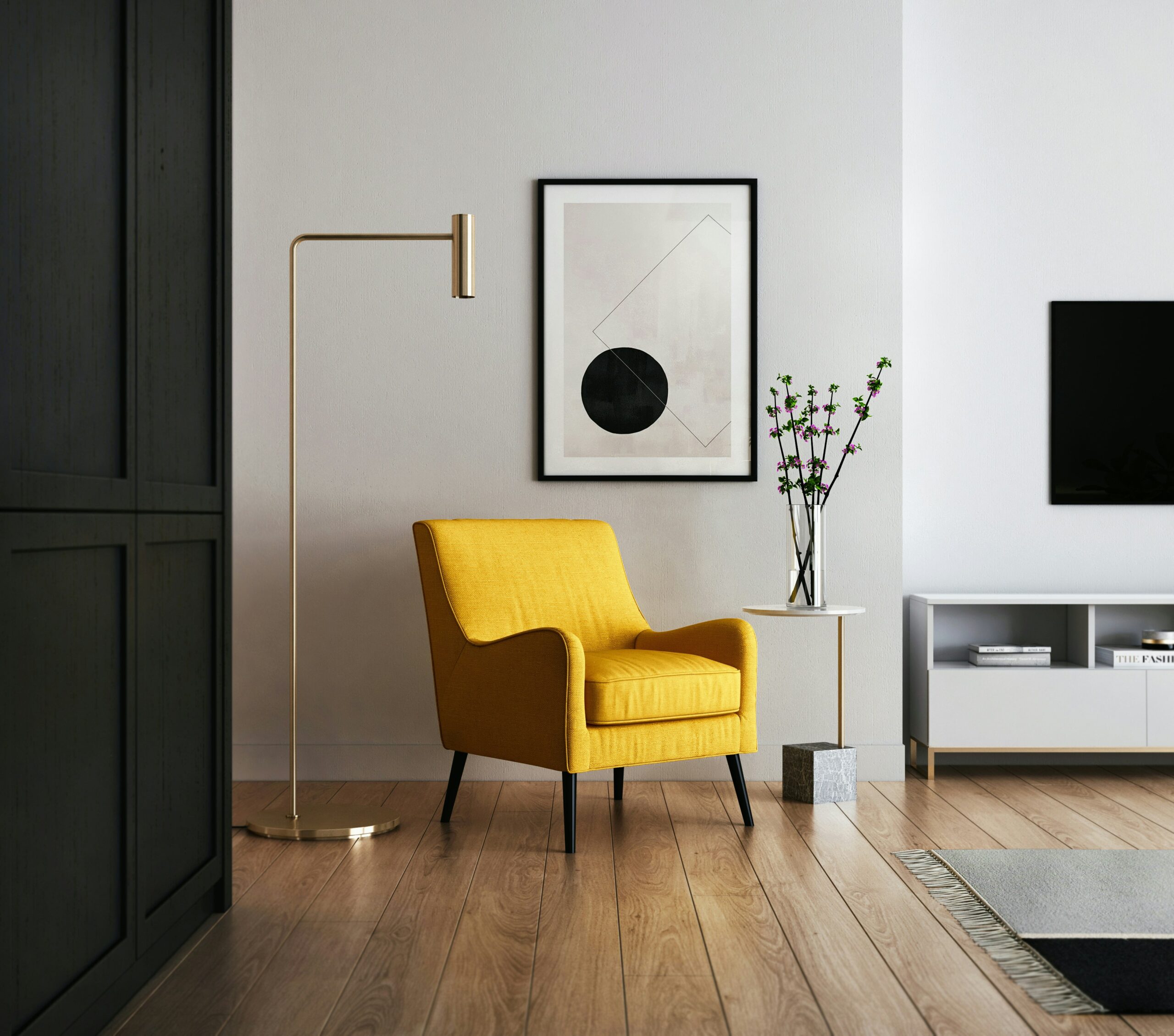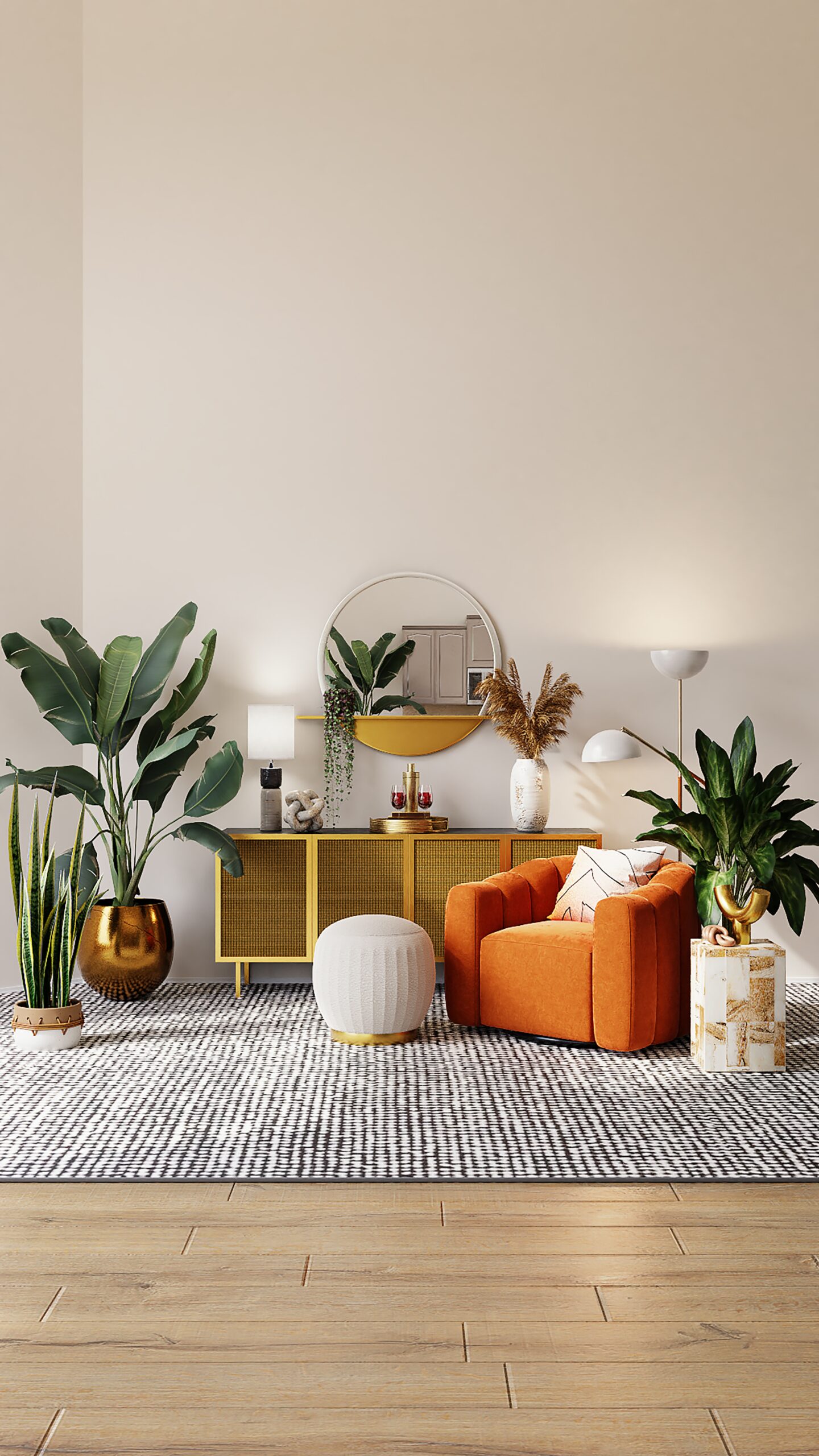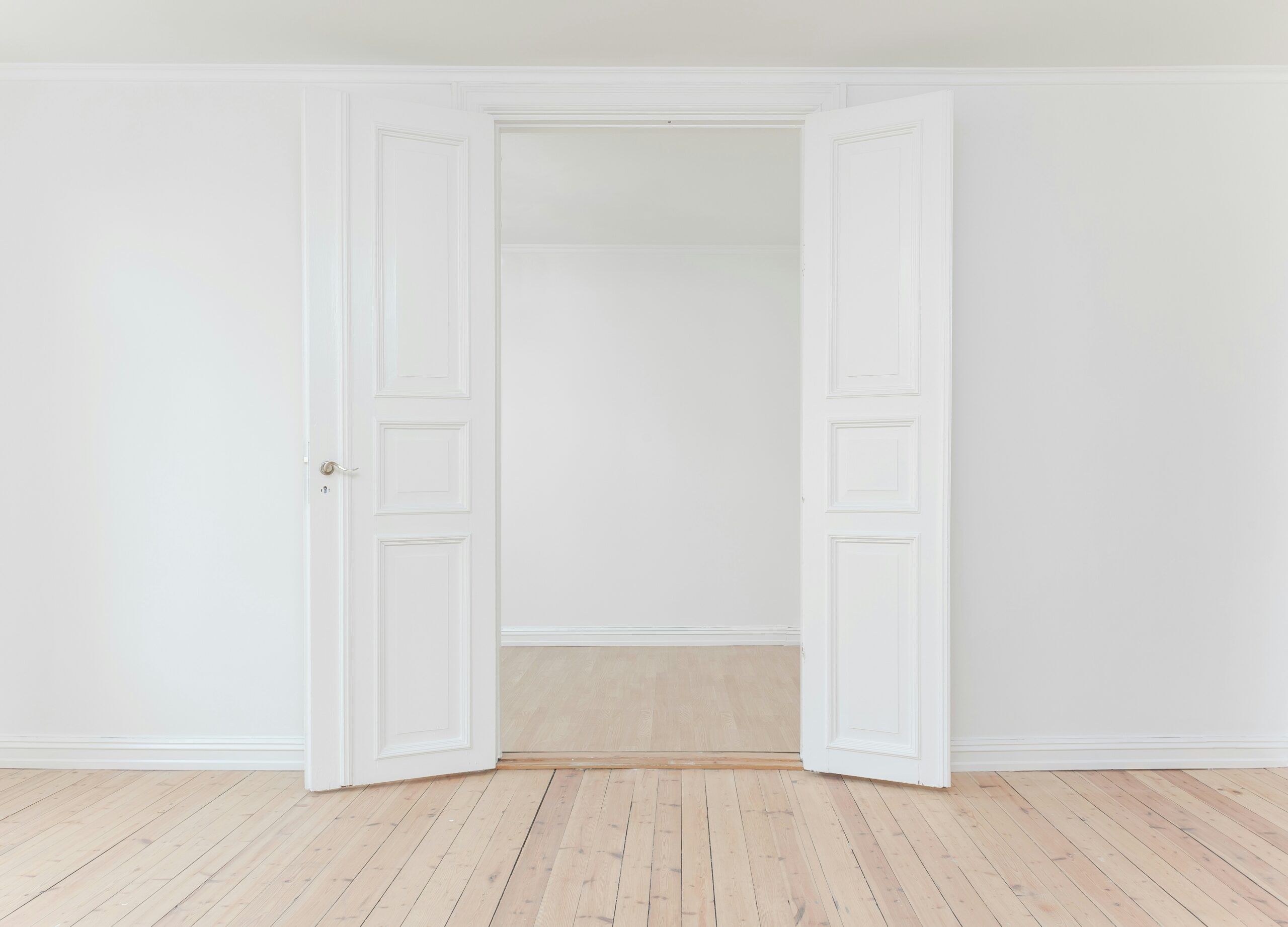
Additionally, interior designers must have a deep understanding of color theory, spatial planning, and knowledge of building codes and regulations. These technical skills are crucial for creating functional and aesthetically pleasing spaces that meet the needs and preferences of clients.
Moreover, interior designers need to stay updated with the latest trends and innovations in the industry. They must have a keen eye for detail and be able to visualize how different elements will come together to create a cohesive and harmonious design. This requires a combination of creativity, analytical thinking, and problem-solving skills.
Another aspect that can make interior design a challenging career is the need to work with different clients and their varying tastes and preferences. Designers often have to balance their own artistic vision with the client’s requirements and budget constraints. This requires effective communication and negotiation skills to ensure that both parties are satisfied with the final design.
Furthermore, interior designers often face tight deadlines and pressure to deliver high-quality work within a limited timeframe. They need to be able to manage their time effectively, prioritize tasks, and work efficiently to meet project deadlines. This can sometimes involve working long hours, especially during peak periods or when working on multiple projects simultaneously.
Despite the challenges, interior design can also be an incredibly fulfilling career. The ability to transform spaces and create environments that enhance people’s lives is deeply rewarding. The satisfaction of seeing a design concept come to life and the positive impact it has on clients is what makes the hard work and dedication worth it.
In conclusion, while interior design can be a challenging career, it is also a highly rewarding one for those with a passion for creativity and design. Mastering the technical skills, staying updated with industry trends, and effectively managing client expectations are all key factors in succeeding in this field. With determination, perseverance, and a strong work ethic, interior designers can carve out a successful and fulfilling career for themselves.
Furthermore, interior designers must stay up to date with the latest design trends and techniques in order to provide their clients with the most innovative and modern designs. This requires continuous research and exploration of new materials, finishes, and technologies that can be incorporated into their designs.
Another aspect of the creative process in interior design is the ability to collaborate with clients and understand their vision for the space. Interior designers must listen to their clients’ needs and preferences, and translate them into a design that not only meets their requirements but also exceeds their expectations. This involves effective communication and the ability to interpret and translate abstract ideas into tangible design concepts.
Moreover, interior designers often work closely with other professionals such as architects, contractors, and suppliers to ensure that the design is implemented successfully. This requires strong project management skills and the ability to coordinate and oversee various aspects of the design process, from sourcing materials to overseeing construction and installation.
In addition to the technical and practical aspects of interior design, creativity also plays a crucial role in creating a unique and personalized space for clients. Interior designers must be able to think creatively and imaginatively to come up with innovative solutions to design challenges and create spaces that are not only functional but also visually appealing.
Overall, the creative aspect of interior design is what sets it apart from other professions. It allows interior designers to express their artistic flair and create spaces that are not only beautiful but also functional and tailored to their clients’ needs. The ability to think creatively, collaborate effectively, and stay up to date with the latest design trends are all essential skills for a successful career in interior design.
The Technical Challenges of Interior Design
While the creative aspect of interior design is undoubtedly exciting, it is important to recognize the technical challenges that come with the profession. Interior designers need to be well-versed in various technical skills to effectively bring their creative visions to life.
Sketching is an essential skill for interior designers, as it allows them to quickly and effectively communicate their ideas to clients and other professionals involved in the design process. Being able to sketch accurately and with precision is crucial in conveying the desired design concept. This skill requires not only a steady hand but also an understanding of perspective, proportion, and scale.
Digital imaging has become an integral part of the interior design process. Designers use software programs to create digital representations of their designs, allowing clients to visualize the final result before any physical work begins. This requires proficiency in software applications such as Adobe Photoshop, Illustrator, or similar programs. Designers must have a good understanding of color theory, lighting, and texture to create realistic and visually appealing digital renderings.
Computer-assisted design (CAD) is another crucial skill for interior designers. CAD software allows designers to create detailed floor plans, elevations, and 3D models of their designs. This enables them to accurately communicate their ideas to contractors, architects, and other professionals involved in the construction or renovation process. CAD skills involve precision and attention to detail, as well as an understanding of building codes and regulations.
Furthermore, 3D modeling has become increasingly important in interior design. Designers use specialized software to create realistic 3D models of their designs, providing clients with a virtual tour of the space. This allows for a more immersive and interactive experience, helping clients better understand the design concept. 3D modeling requires not only technical skills but also a keen eye for aesthetics and an understanding of spatial relationships.
In addition to these technical skills, interior designers must also have a good understanding of materials, finishes, and construction techniques. They need to be able to select appropriate materials for each project, taking into consideration factors such as durability, sustainability, and cost. They must also have knowledge of building codes and regulations to ensure that their designs meet safety and accessibility requirements.
Overall, the technical challenges of interior design require a combination of artistic talent and technical proficiency. Successful interior designers are able to balance their creative visions with the practical considerations of the design process, resulting in spaces that are not only aesthetically pleasing but also functional and safe.
Moreover, continuous learning and adaptation are crucial for interior designers to keep up with the changing needs and preferences of clients. Design trends and styles are constantly evolving, and what may be popular one year may be outdated the next. By staying informed about current design trends, interior designers can offer fresh and innovative solutions to their clients.
Continuous learning also allows interior designers to expand their skill set and explore new areas of design. They can attend workshops, seminars, and conferences to learn about emerging design technologies and techniques. For example, they can learn about sustainable design practices and incorporate them into their projects, which not only benefits the environment but also adds value to their clients’ spaces.
Adaptation is equally important for interior designers as it enables them to navigate through unexpected challenges and changes in the design process. They need to be flexible and open-minded, willing to adjust their plans and designs to meet the evolving needs of their clients. This may involve revising layouts, sourcing new materials, or finding alternative solutions to design problems.
Furthermore, continuous learning and adaptation are essential for interior designers to stay competitive in the industry. With the rise of technology, interior designers need to be proficient in using design software and tools. They need to stay updated with the latest advancements in computer-aided design (CAD) software, 3D modeling, and virtual reality (VR) technology. These tools not only enhance the design process but also allow designers to present their ideas more effectively to clients.
In conclusion, continuous learning and adaptation are vital for interior designers to thrive in a dynamic and competitive industry. By staying informed about design trends, technology advancements, and industry standards, interior designers can provide innovative solutions, meet clients’ evolving needs, and stay ahead of their competitors. Embracing continuous learning and adaptation is not only beneficial for individual designers but also for the overall growth and development of the interior design profession.




